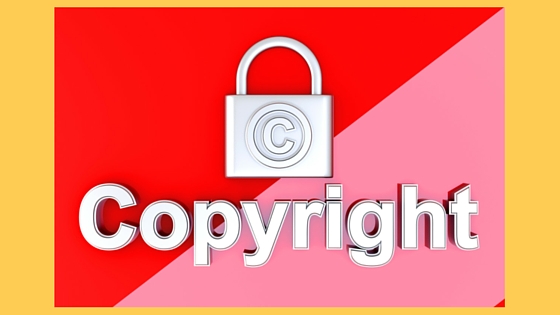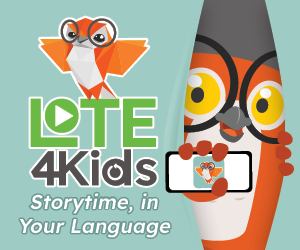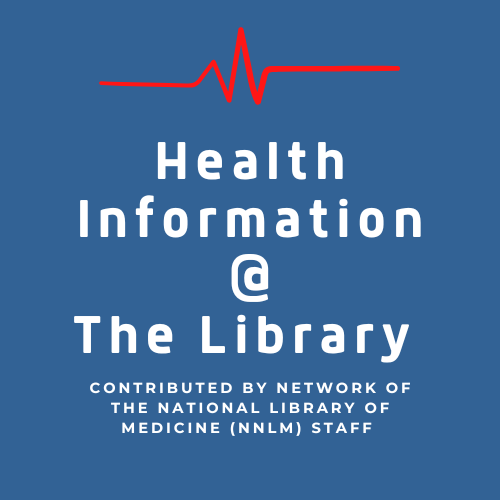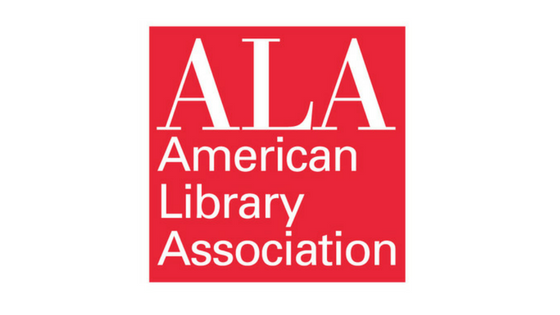The Other Side of Copyright

As library workers, we’re used to working with copyright on the spectator side. We have opinions about the Google Book Project can recite the Fair Use Clause by heart, and help thousands of patrons cite primary sources in just the ways to satisfy both their research needs and the law.
But what about your library’s own creations? Your marketing department wants more authentic user experiences, so you recruit patrons to take photos and guest blog for your website; your program’s folks ask you to record a song for summer reading and hand out copies as catchy reminders; your writing group wants to publish an anthology of their best work — how do you protect all of this?
I am not a lawyer, so this does not constitute legal advice, but I do have a few good starting points for you.
Web/Blog Content. Blogs and websites with their own content are considered “original works of authorship fixed in any tangible medium of expression.” This means that as soon as you or a guest writer types, saves, and posts, the words are automatically protected as the author’s own creation by copyright; however, that won’t be obvious to the outside world. You can add a copyright symbol (©) next to the year and the author’s name at the bottom of the post as a visual reminder.
If you or your guest writer are especially worried about certain content getting shared or used without permission, you can register individual posts on United States Copyright Office’s website for a $35 fee. You can only register what is posted on the website or blog on the date you file for copyright and have to file (and pay for) each of those updates separately. (This is because updating one post at a time does not qualify a blog as a “collective work,” which is like a newsletter that updates all its content at once.)
Standalone Multimedia. Videos, photographs, and other visual art are all covered under the same physical storage clause as website and blog content because their creation includes permanent fixture as part of their definitions. But what about songs, dances, or plays? Those are not copyrighted until the performance of them is recorded OR instructions on how to perform them are written down (such as sheet music or a script).
Publications. You’re proud of your writers’ group and want to print a tangible reminder of their hard work. You find a good deal on a printer, but before you set your pages, send each of your writers a contract for First North American Serial Rights. That gives you copyright for one printing, then reverts back to your writers for them to use as they wish.
Social Media. Unfortunately, copyright law has not kept up with social media growth and individual ownership. Anything typed into or uploaded to Facebook, Twitter, and Instagram (among others) is copyrighted by those sites under their user terms and conditions. Make sure to give credit to whoever created the content of your post, and brush up on your Fair Usage before you share.
Using Likenesses. This is not strictly a copyright concern, but it’s a good practice nonetheless to make sure you have permission to use the likeness of all the people you photograph for your library promotions. If you’re covering an event with a large crowd, you can place posters around the event letting people know that by attending, they are agreeing to be recorded. If you’re hosting an intimate group of six or less, you can hand out individual permission forms to make sure everyone’s on board.








